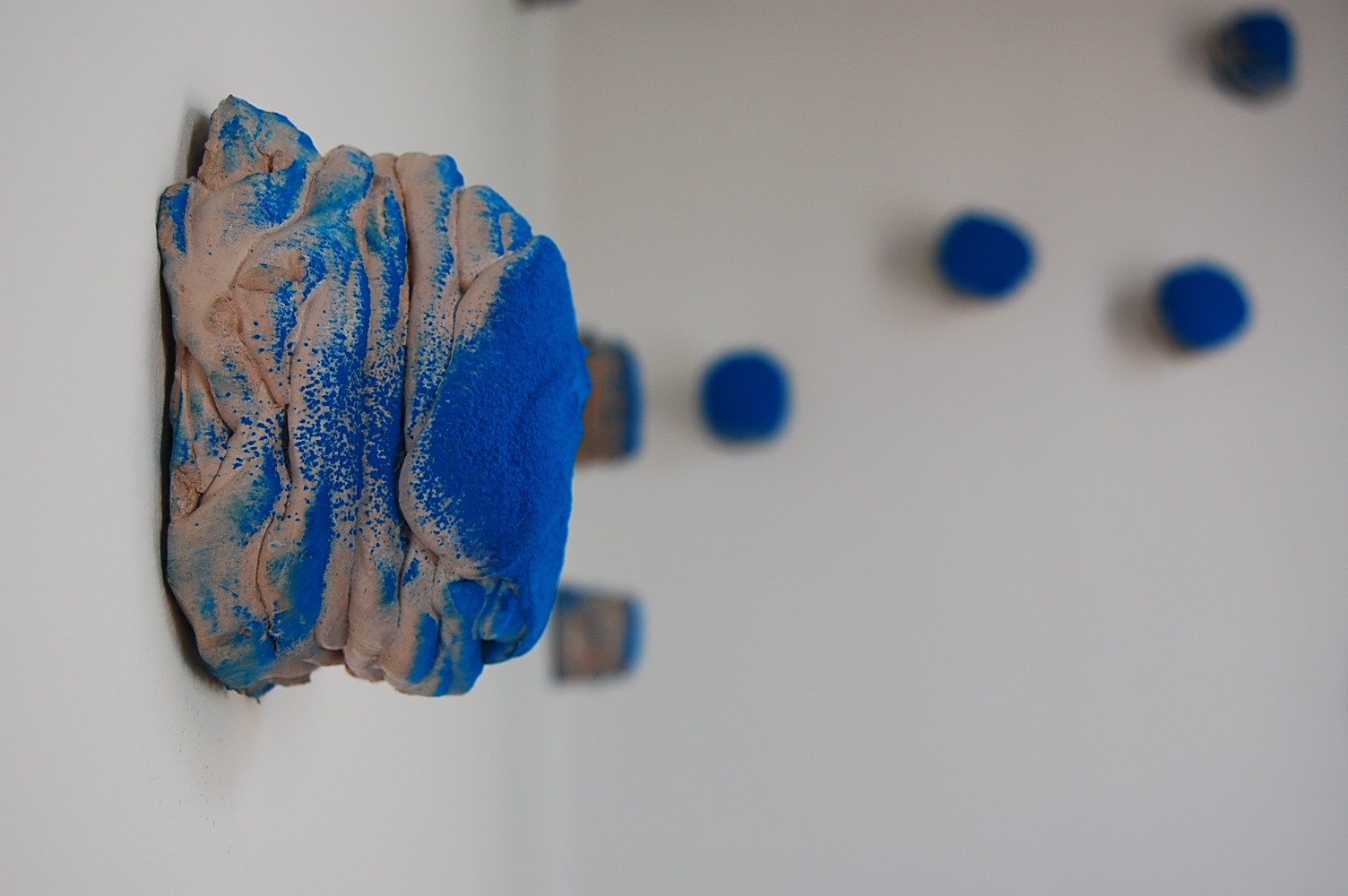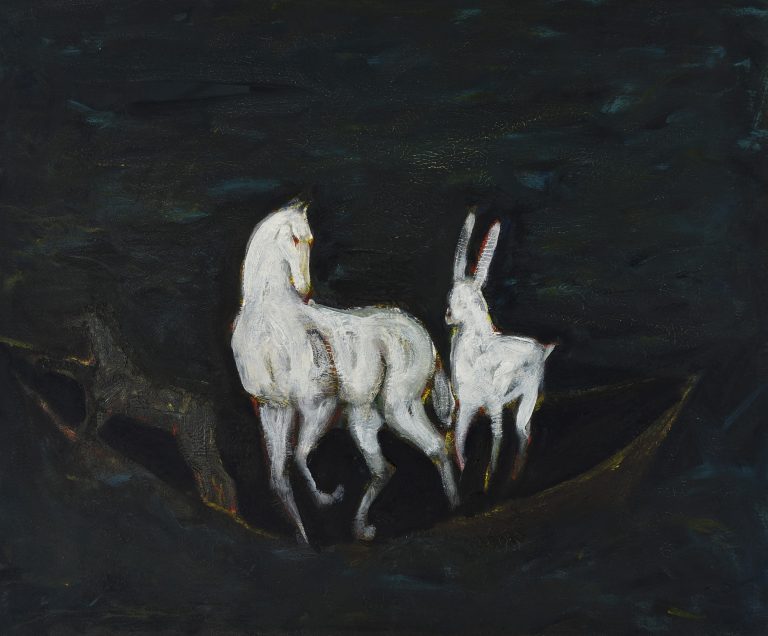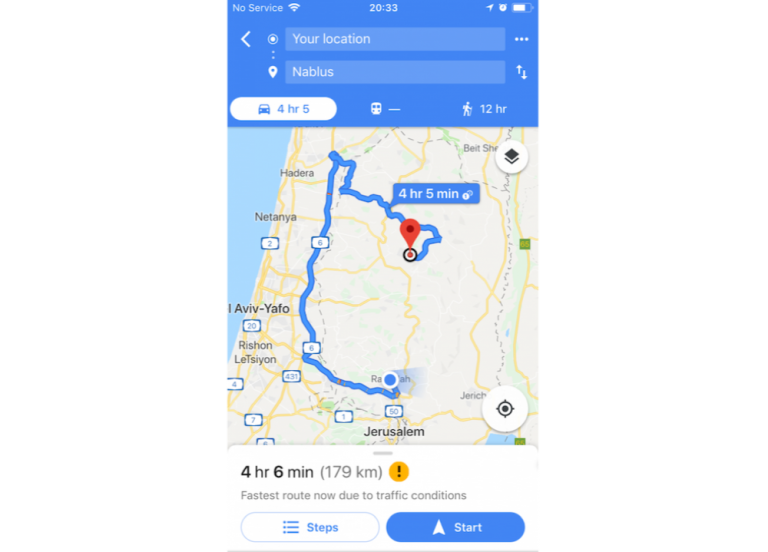The title of this show, despite its apparent simplicity, goes a long way towards explaining what this body of work is about. Phonetic transcription is the visual representation of speech sounds. It displays the relationship between symbol and sound more directly than orthography, and allows for an assessment of differences in pronunciation as well as the changes in pronunciation that take place naturally over time. Therefore, it provides the means for an examination of the processes behind language.
Jane Fogarty’s work is a visual representation of the processes behind painting. In her own words, she is concerned with “exploring the ontology and materiality of the medium.”[1] Broadly speaking ontology is the philosophical study of the nature of being. It asks what entities exist and how they can be related to each other within a hierarchy. In this exhibition, Fogarty’s study into the nature of painting goes to the very core of the medium and dissects its component parts. She dismantles the medium by separating the pigment and carrier from one another – their relationship becomes unsteady. By creating these sculptural layers of plaster, dusted with pure pigment, she allows “colour choices to be an entity in themselves, not to in anyway resemble the support they occupy.”
The viewer is asked to reconsider his/her preconceived notions of painting and to consider it outside traditional associations. Objects are placed before the viewer in and of themselves; they are a product of their material and the time devoted to their creation, both physically and conceptually. Moreover, the sculptural nature of the work questions the idea of medium specificity. Consequently, Fogarty not only explores the medium, but also pushes the boundaries of the medium and the viewer’s concept of painting’s potential: “I call my work painting, but it often moves away from a flat plane and breaks into three-dimensional space, then becoming the language of sculpture.”
This progression from two-dimensions to three is best illustrated by a comparison with this show and Fogarty’s graduate show at the Dublin Institute of Technology (DIT) in 2010 titled Twenty-four hours where 1,440 pieces of cardboard were painted with a distinct colour, each piece taking one minute to complete. Although Twenty-four hours was also an examination of process, it was concerned with mental processes rather than material. The artist herself has said that this body of work was a consideration of the “time and reasoning used in creating a painting.” Through application of this strict methodology, the installation laid bare the mental processes that inform painting, and questioned the ideas of spontaneity and chance.
In contrast, Fogarty’s |’p?nti NG| takes the materiality of the medium as its starting point. As noted above, the medium is dismantled into its component parts – the carrier is represented by layers of skim coat plaster that have been dusted with pure pigment. The physicality of the medium is all; these objects grow from the floor and emerge from the ceiling in an almost organic manner. For Fogarty, the relationship between painting and sculpture is closer than ever before: “Painting today is an indefinable medium, I find its liberation very exciting.”
[1] In conversation with the artist.




